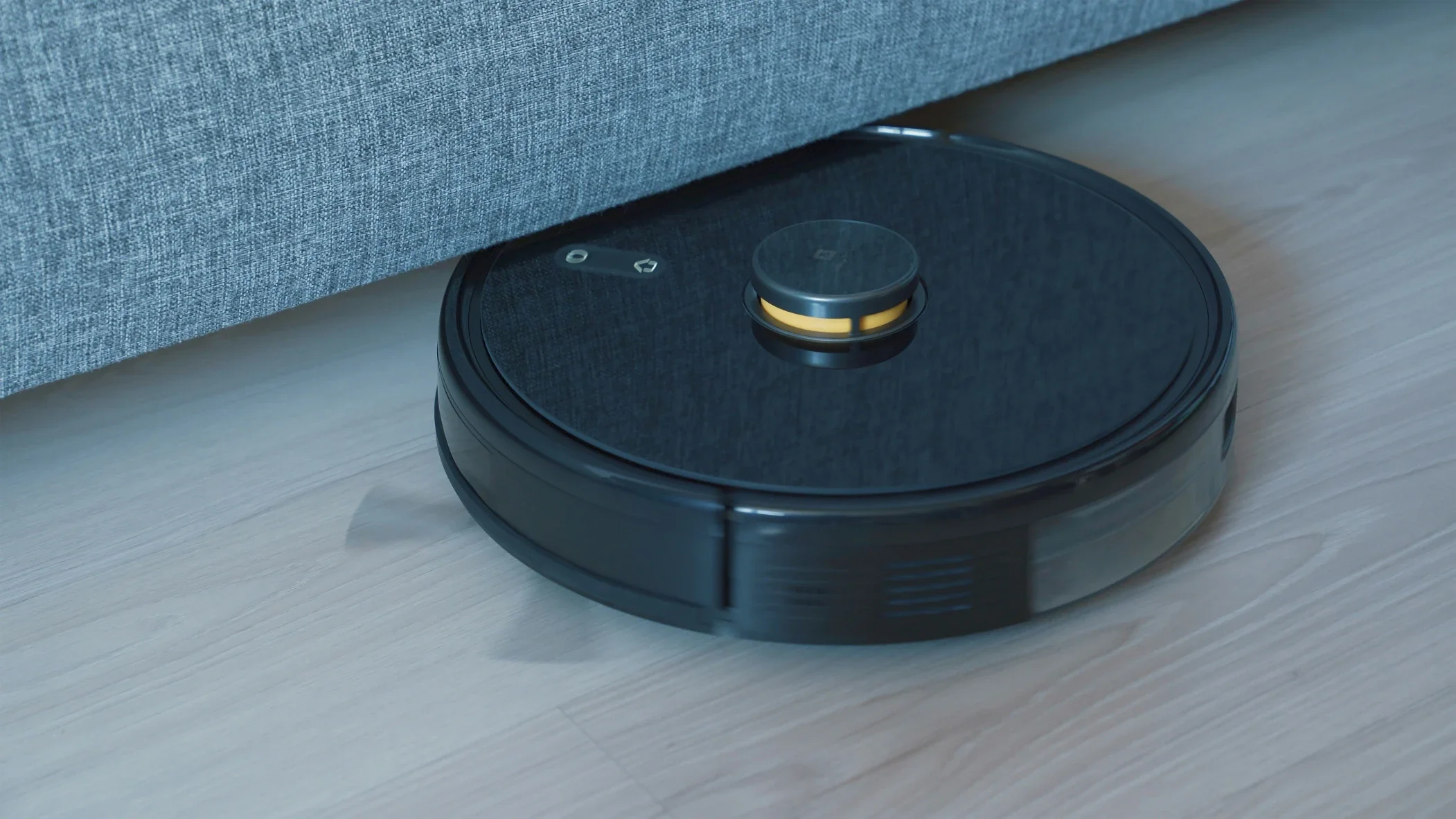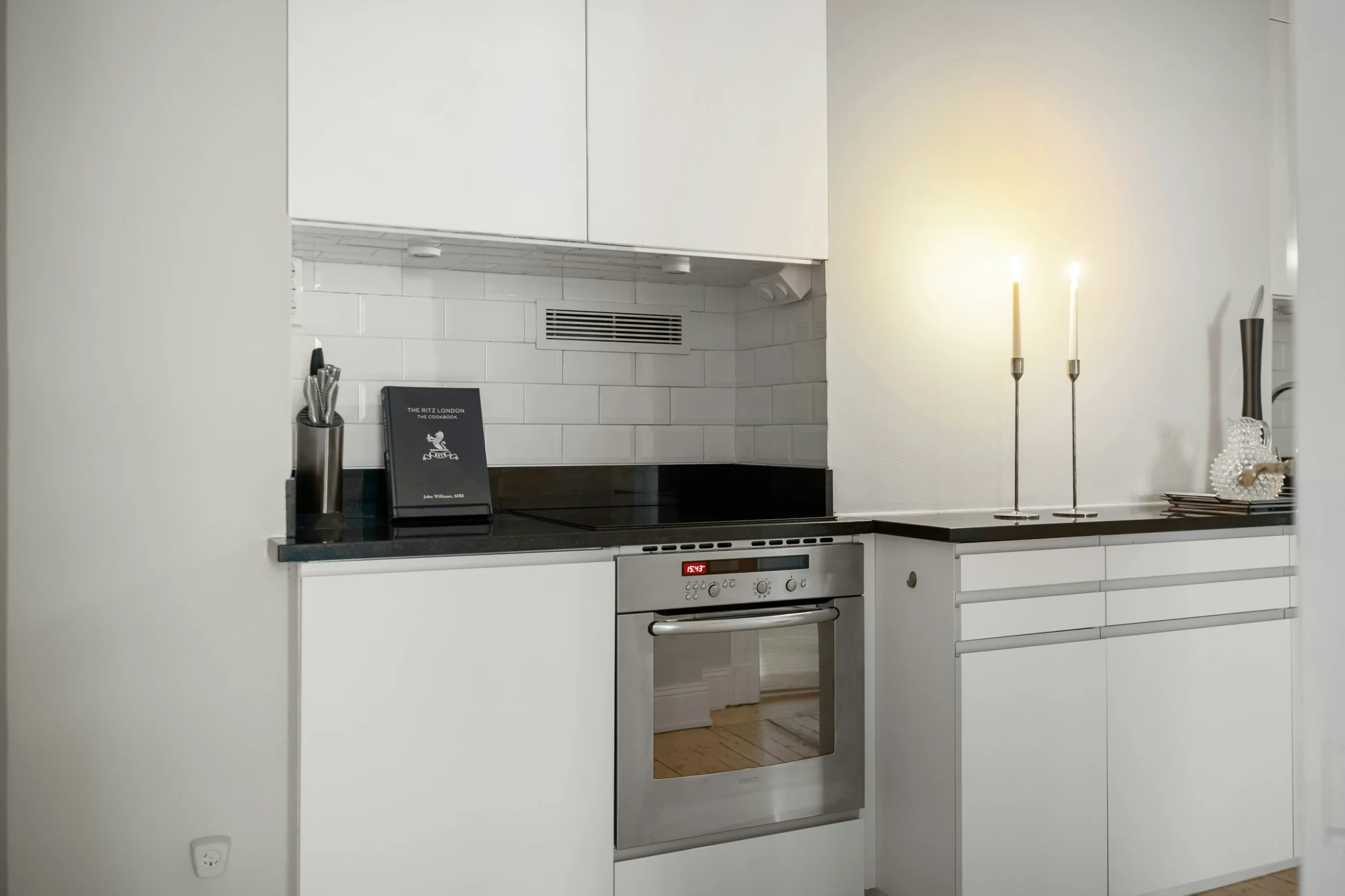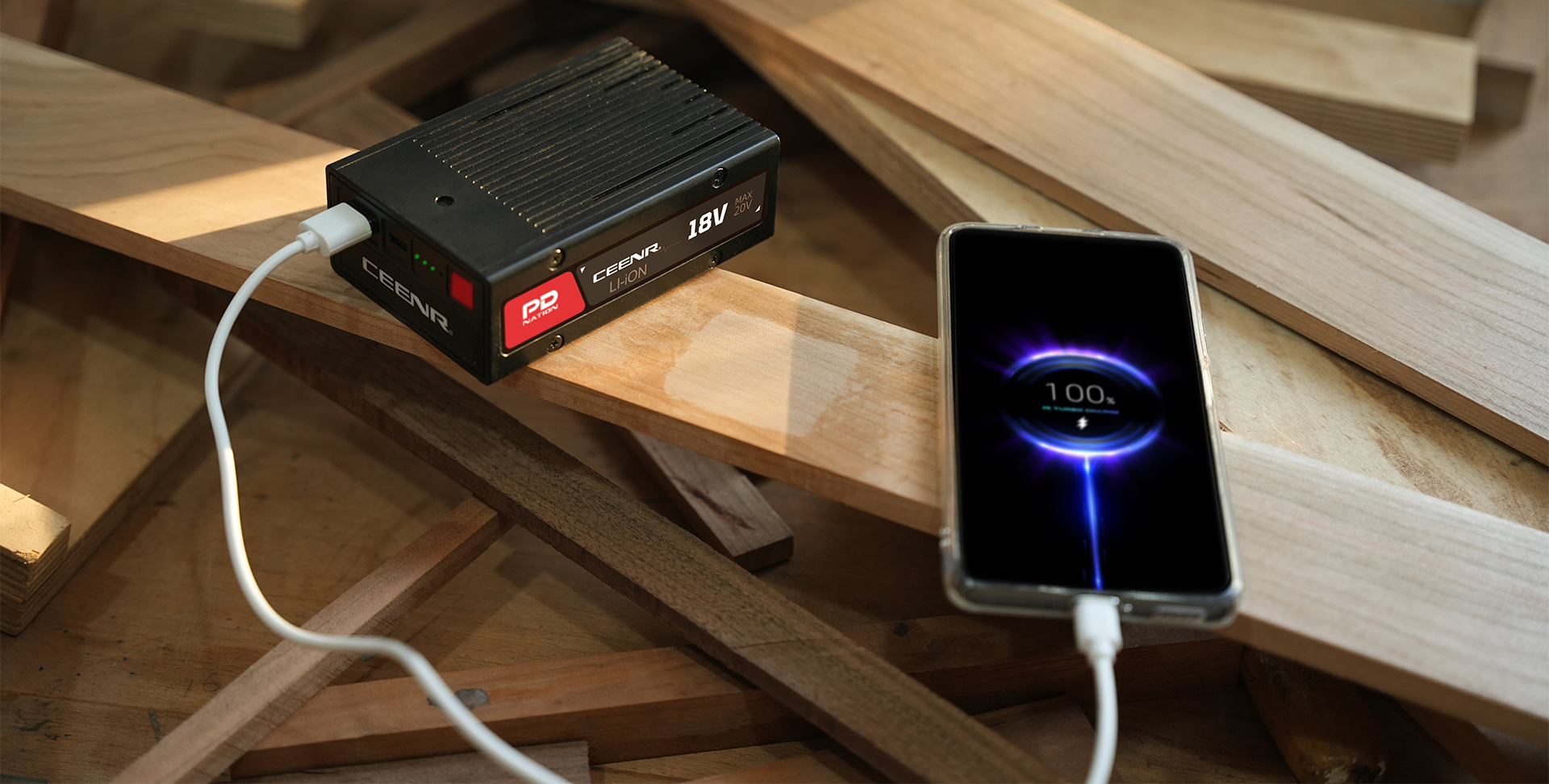The Streaming Test: Can Your Internet Keep Up With Your Weekend Plans?
Find out if your internet can handle weekend streaming with tips on speed, bandwidth, and troubleshooting to keep movies, games, and video calls running smoothly.
It’s Friday night. You’ve just settled in with snacks and a new show queued up. Then—buffering. The spinning circle of doom appears, and suddenly your relaxing evening feels more like a stress test.
Streaming problems always seem to strike at the worst possible time. But before you start blaming the app or your TV, it’s worth asking: can your internet actually handle your weekend plans?
Whether you’re watching movies, gaming online, or syncing smart devices, your home connection might be under more pressure than you think. And while upgrading might sound like the only fix, sometimes choosing the right internet providers and optimising what you already have is all it takes.
Let’s run your connection through the ultimate “weekend test” — and see how to make sure it keeps up.
1. The Friday Night Stress Test
Streaming platforms are busiest on Friday and Saturday nights. That’s when everyone’s online at once, pulling data from the same local networks. Even if your plan promises high speeds, your actual performance can drop during these peak hours.
Quick check:
Run a speed test at 8–9pm. Compare that to your plan’s advertised speed.
If you’re losing more than 20–30%, your provider might be over-subscribed in your area.
Try pausing other devices that stream or download at the same time to free up bandwidth.
If the slowdown happens consistently, it might be worth exploring plans that guarantee minimum speeds or looking into providers with better peak-hour performance.
2. How Much Bandwidth Does Streaming Really Use?
Not all video quality is created equal. The difference between HD and 4K can double or triple your bandwidth needs. Multiply that by multiple users, and it’s easy to see why your movie night stalls halfway through.
Here’s a rough guide to how much data each streaming level uses per device:
SD (Standard Definition): ~3 Mbps
HD (High Definition): ~5–8 Mbps
4K / Ultra HD: ~15–25 Mbps
Live sports or HDR streaming: up to 30 Mbps
If your plan offers 100 Mbps, that might sound like plenty — but two TVs streaming 4K content plus a few background devices (phones, laptops, smart assistants) can eat through that fast.
Pro tip: Adjust your streaming quality in the app settings. Most platforms allow you to cap resolution to save bandwidth without sacrificing too much quality.
3. Device Overload Sneaks Up on You
Between smart TVs, tablets, consoles, and work laptops, modern homes often have 20 or more devices connected at once. Even when idle, these devices sync, update, and upload in the background.
Fix it fast:
Disconnect or power down devices you’re not using.
Check your router for a “Connected Devices” list and remove old gadgets.
Use a dual-band or tri-band router to split devices across 2.4 GHz and 5 GHz networks.
The fewer devices fighting for your bandwidth, the smoother your streaming experience will be.
4. The Router Reality Check
Your router is the gatekeeper of your entire network — and if it’s more than five years old, it’s probably not keeping up.
Older routers can’t handle modern speeds or multiple simultaneous connections. Even if you’re paying for a fast plan, your router might be capping your potential without you realising it.
What to do:
Look for routers with Wi-Fi 6 or Wi-Fi 6E for better stability and speed.
Position it in a central, elevated location for maximum coverage.
Avoid tucking it behind the TV or inside a cabinet (it needs air and space).
A simple upgrade here can often feel like doubling your internet speed overnight.
5. Don’t Forget Upload Speeds
While download speed gets most of the attention, upload speed affects your experience more than you think — especially for video calls, gaming, or cloud backups that run in the background.
If your uploads are slow, they can hog bandwidth and make streams stutter. Check your plan’s upload speed (many are only a fraction of the download rate). If it’s consistently lagging, it might be time to ask your provider about symmetrical plans or fibre options.
6. Weekend Wi-Fi Optimisation Checklist
Before your next streaming marathon, do a quick system tune-up:
Restart your modem and router to clear network congestion.
Update router firmware for the latest performance improvements.
Limit simultaneous high-data activities like file syncing or downloads.
Use Ethernet cables for gaming consoles or smart TVs for stable, lag-free streaming.
Run one more speed test to verify your improvements.
These simple adjustments can transform your connection without spending extra on a higher tier plan.
7. When It’s Time to Re-Evaluate
If you’ve optimised everything and still experience frequent buffering or pixelated streams, your connection may have outgrown your household’s needs.
When reviewing plans, don’t just compare download speeds. Look for reliability, latency, and customer service — the things that actually affect everyday use. The right provider isn’t just the fastest on paper; it’s the one that stays fast when everyone’s online.
Weekend downtime should be for movies, music, and memories — not connection problems. By testing your network and making small improvements, you can ensure your streaming never skips a beat.
Because when your internet can keep up with your weekend, that’s when technology really does its job — staying invisible in the background while you enjoy the moment.






























